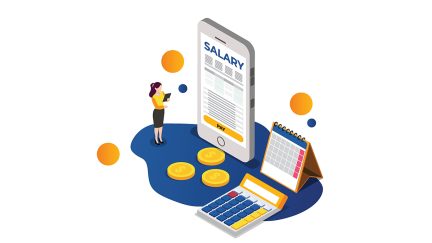Want the latest retirement plan adviser news and insights? Sign up for PLANADVISER newsletters.
IRS Eases Hardship Withdrawals for Hurricane Victims
The Internal Revenue Service (IRS) announced that defined contribution (DC) employer-sponsored retirement plans can make loans and hardship distributions to victims of Hurricane Matthew and members of their families. This is similar to relief provided this summer to Louisiana flood victims.
Participants in 401(k) plans, employees of public schools and tax-exempt organizations with 403(b) tax-sheltered annuities, as well as state and local government employees with 457(b) deferred-compensation plans, may be eligible to take advantage of these streamlined loan procedures and liberalized hardship distribution rules. Though IRA participants are barred from taking out loans, they may be eligible to receive distributions under liberalized procedures.
Retirement plans can provide this relief to employees and certain members of their families who live or work in disaster area localities affected by Hurricane Matthew and designated for individual assistance by the Federal Emergency Management Agency (FEMA). Currently, parts of North Carolina, South Carolina, Georgia and Florida qualify for individual assistance. For a complete list of eligible counties, visit https://www.fema.gov/disasters. To qualify for this relief, hardship withdrawals must be made by March 15, 2017.
The IRS is also relaxing procedural and administrative rules that normally apply to retirement plan loans and hardship distributions. As a result, eligible retirement plan participants will be able to access their money more quickly with a minimum of red tape. In addition, the six-month ban on 401(k) and 403(b) contributions that normally affects employees who take hardship distributions will not apply.
This broad-based relief means that a retirement plan can allow a victim of Hurricane Matthew to take a hardship distribution or borrow up to the specified statutory limits from the victim’s retirement plan. It also means that a person who lives outside the disaster area can take out a retirement plan loan or hardship distribution and use it to assist a son, daughter, parent, grandparent or other dependent who lived or worked in the disaster area.
Plans will be allowed to make loans or hardship distributions before the plan is formally amended to provide for such features. In addition, the plan can ignore the reasons that normally apply to hardship distributions, thus allowing them, for example, to be used for food and shelter. If a plan requires certain documentation before a distribution is made, the plan can relax this requirement as described in the announcement.
Ordinarily, retirement plan loan proceeds are tax-free if they are repaid over a period of five years or less. Under current law, hardship distributions are generally taxable. Also, a 10% early-withdrawal tax usually applies.
Further details are in Announcement 2016-39. More information about other relief related to Hurricane Matthew can be found on the IRS disaster relief page.
You Might Also Like:

2026 HSA Limits Released

IRS, Treasury Release Proposed Regulations on SECURE 2.0 Provisions

IRS Issues Covered Compensation Tables for 2025 Plan Year
« As Election Approaches, Americans Prepare for Impacts on Investments